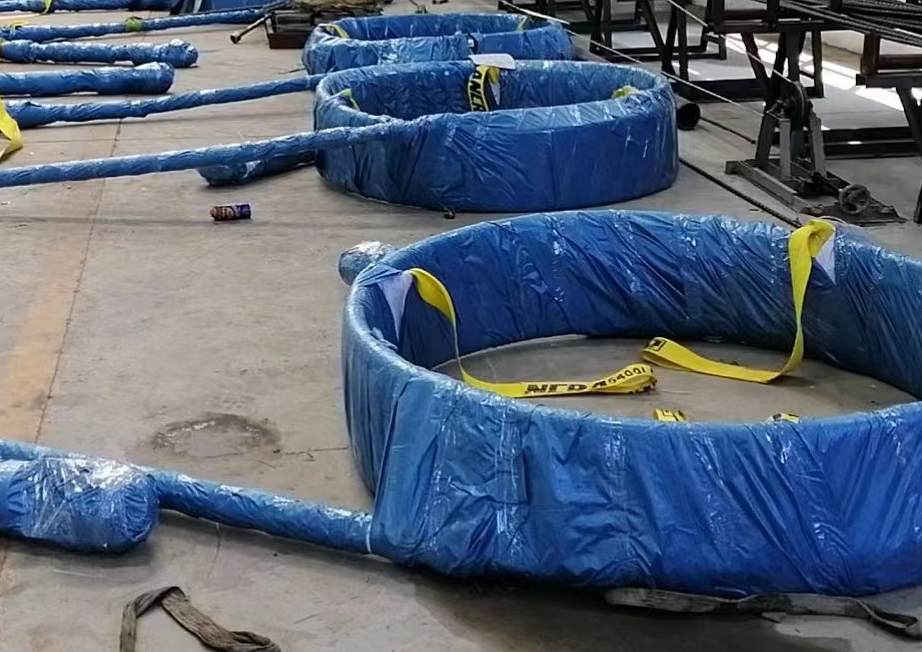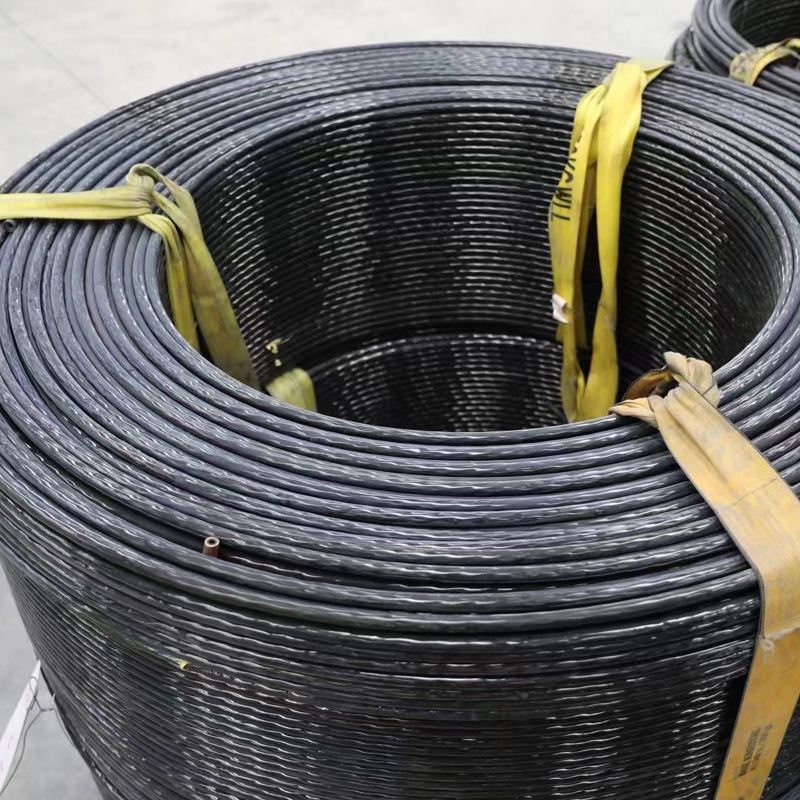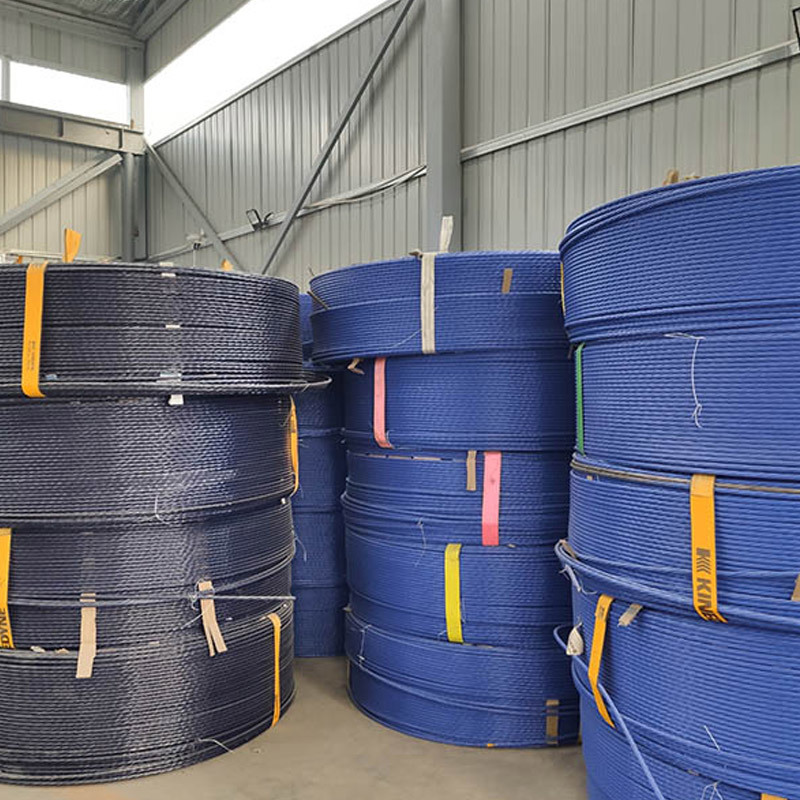Basic overview of suspension rod cables?
Time:
2023-04-25
Since the development of suspender cables, they have been widely used in the market. In fact, its figure can also be seen in many places. In order to make more people familiar with it. Below is a basic overview of the suspension rod and cable? If you are interested in this issue, let's take a look together.
A suspension rod rope is a cargo lifting equipment composed of a suspension rod, a lifting column, cargo rigging, and a winch. In fact, the suspension rod and cable device can be divided into light suspension rods and heavy suspension rods according to the lifting capacity~ Working load s.w.l is equal to or less than 10 × The suspension rod of A9.8kn is called a light suspension rod, especially when its working load s.w.l is greater than 10 × The A9.8kn suspension rod is called a heavy suspension rod. During the construction process of suspension rods and cables, it should be noted that the main construction machinery required for replacement work includes cable unloading and suspension connectors, tension screw outlet rods, tension jacks, oil pumps, winches, oil meters, reaction racks, bottom plates, and monitoring equipment mainly includes cable dynamometers and accuracy levels. In addition to what you can see, it should also be noted that more monitoring is required in the cable replacement project, mainly for monitoring cable force and elevation. Of course, during the construction process of unloading and tensioning new cables, instruments such as cable dynamometers and precision level gauges can be used to monitor the cable forces of replacement cables and adjacent cables, monitor the displacement of bridge deck elevation at corresponding positions, and also monitor the stress of concrete at the bottom of beams or tower roots.
The selection of structural dimensions, parts, and rigging for suspension rods and cables is usually based on the load size borne by the corresponding standards, and strength verification calculations are carried out when necessary. Of course, when used, it mainly depends on the type, task, and scale of the ship, such as the structure of the ship, the type of goods carried, the weight and volume characteristics of the packaged goods, especially the displacement and load-bearing capacity of the ship, as well as the number and volume of cargo compartments; The size of the hatch and the handling conditions of the cargo in the hatch. A reasonable boom configuration should ensure that the loading and unloading time for each compartment is approximately equal. In addition, the configuration of the boom should also consider the facilities and usage habits of the route and dock. Suspension cable is used for suspension cable. In recent years, boom ropes have also been widely used on ships. In addition, the cable collection (release) roller table is installed on the bridge deck, the cable tray is set, and the concrete in the anchor head steel sleeve on the beam is removed. At the same time, a winch is installed at the root of the cable tower, a fixed pulley block is installed at the top of the tower, and a cantilever hanging basket is installed on the beam to be replaced. Use a winch to lift the jack onto the tower. At this time, install the tensioning equipment on the anchor head at the tensioning end of the tower to loosen the cable. Release the tension twice, and when the two readings on the oil gauge are not significantly different, remove the rope. The suspension cable should be carried out in stages. When the cable is unloaded until there are 4-5 threads left between the large nut and the anchor head, remove the tensioning equipment, install a soft traction device, and continue to loosen until the cable force is less than 5T.
The above article content is some relevant information about the basic overview of suspension rods and cables introduced by the editor. If you didn't know anything before, you can come and take a look now. In the next issue, we will also tell you about the knowledge points related to it. Remember to come and watch.
keyword:
PREVIOUS





